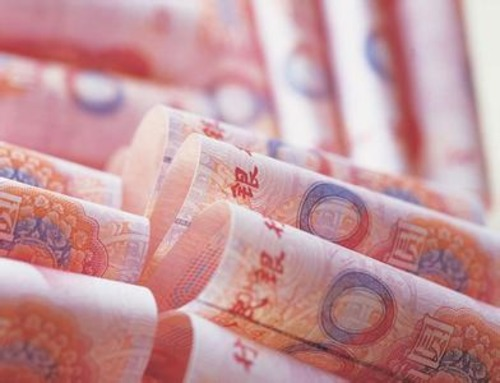BEIJING, Jan. 12 (Xinhua) -- China's new yuan loans saw steady growth in 2020 as the country continued to keep liquidity at a reasonable and ample level amid efforts to bolster economic recovery.
New yuan-denominated loans totaled 19.63 trillion yuan (3.03 trillion U.S. dollars) in 2020, up by 2.82 trillion yuan year on year, central bank data showed Tuesday.
In December alone, new loans stood at 1.26 trillion yuan, up by 117 billion yuan year on year, according to the People's Bank of China (PBOC).
The M2, a broad measure of money supply covering cash in circulation and all deposits, increased by 10.1 percent year on year to 218.68 trillion yuan at the end of 2020.
The M2 growth was 0.6 percentage points lower than that at the end of November but was 1.4 percentage points higher than the same period of the year before.
The narrow measure of the money supply (M1), which covers cash in circulation plus demand deposits, rose by 8.6 percent year on year to 62.56 trillion yuan by the end of December.
The M1 growth was 1.4 percentage points lower than that at the end of November but was 4.2 percentage points higher than the same period the previous year.
M0, the amount of cash in circulation, rose by 9.2 percent year on year to 8.43 trillion yuan by the end of last month.
The central bank injected 712.5 billion yuan of net cash into the market in 2020, PBOC data showed.
Newly added social financing, a measurement of funds that individuals and non-financial firms receive from the financial system, came in at 1.72 trillion yuan in December. It was down by 482.1 billion yuan from the same period a year ago.
Total new social financing reached 34.86 trillion yuan last year, an increase of 9.19 trillion yuan from the 2019 level.
Total outstanding social financing rose by 13.3 percent year on year to 284.83 trillion yuan by the end of 2020. Of the total, the outstanding RMB loans to the real economy were 171.6 trillion yuan, up by 13.2 percent year on year.
Judging from the structure, the real economy has received the lion's share of loans. Outstanding yuan loans to the real economy accounted for 60.2 percent of the outstanding social financing by the end of last year.
Tuesday's data also showed that China's new yuan deposits in 2020 totaled 19.65 trillion yuan. By the end of December, total outstanding yuan deposits stood at 212.57 trillion yuan. It is an increase of 10.2 percent year on year.
For the full year of 2020, RMB settlements for cross-border trade amounted to 6.77 trillion yuan, while RMB settlements for direct investment reached 3.81 trillion yuan, compared with 2.78 trillion yuan in 2019.
In an interview earlier, Yi Gang, governor of the central bank, stressed that China would prioritize stability in its monetary policy in 2021.
The country will maintain liquidity at a reasonable level and ensure that the growth of broad money supply and social financing matches nominal economic growth, Yi said.
China will keep its macroeconomic policies consistent, stable, and sustainable in 2021, with a prudent monetary policy that is flexible, precise, reasonable, and moderate, according to the tone-setting Central Economic Work Conference that took place in December 2020. Enditem




 A single purchase
A single purchase









